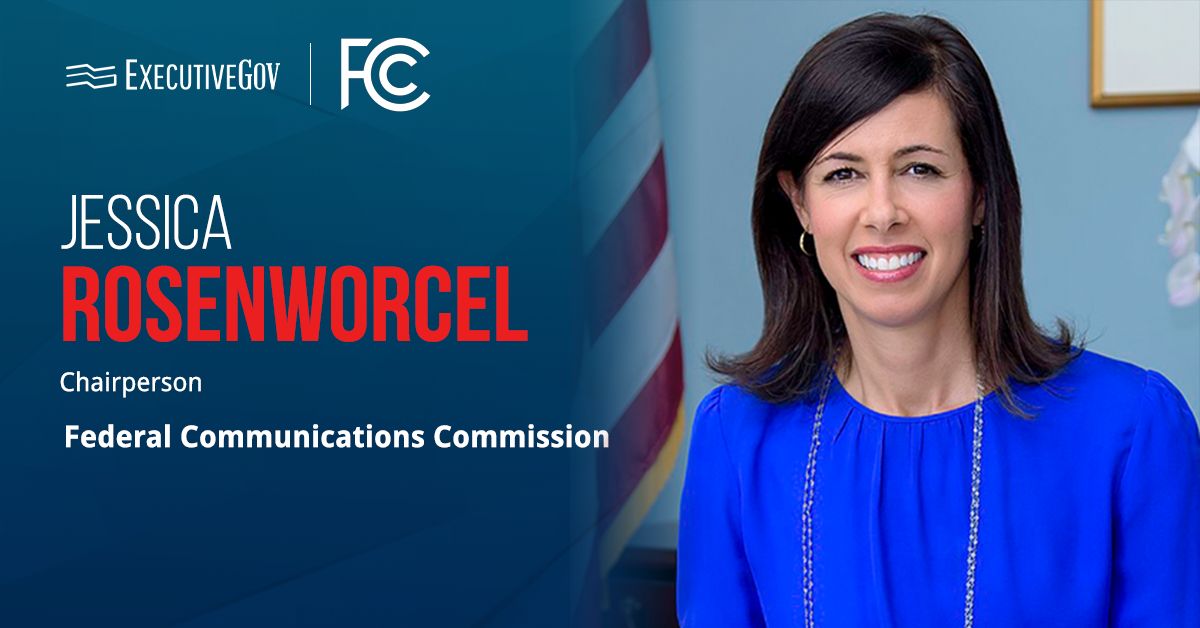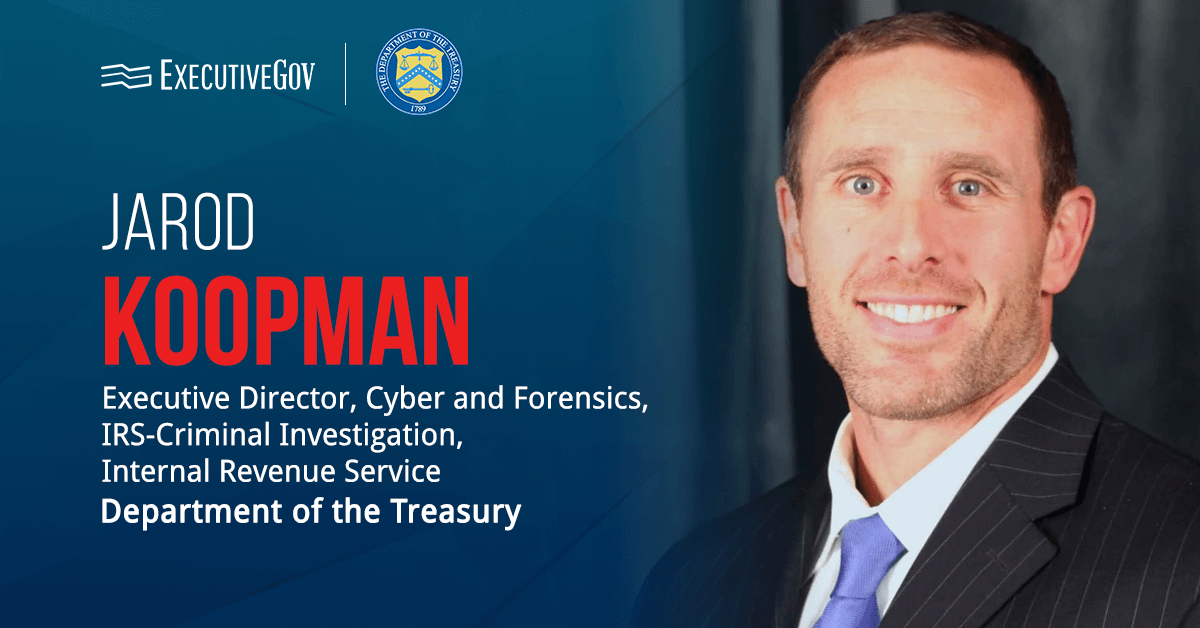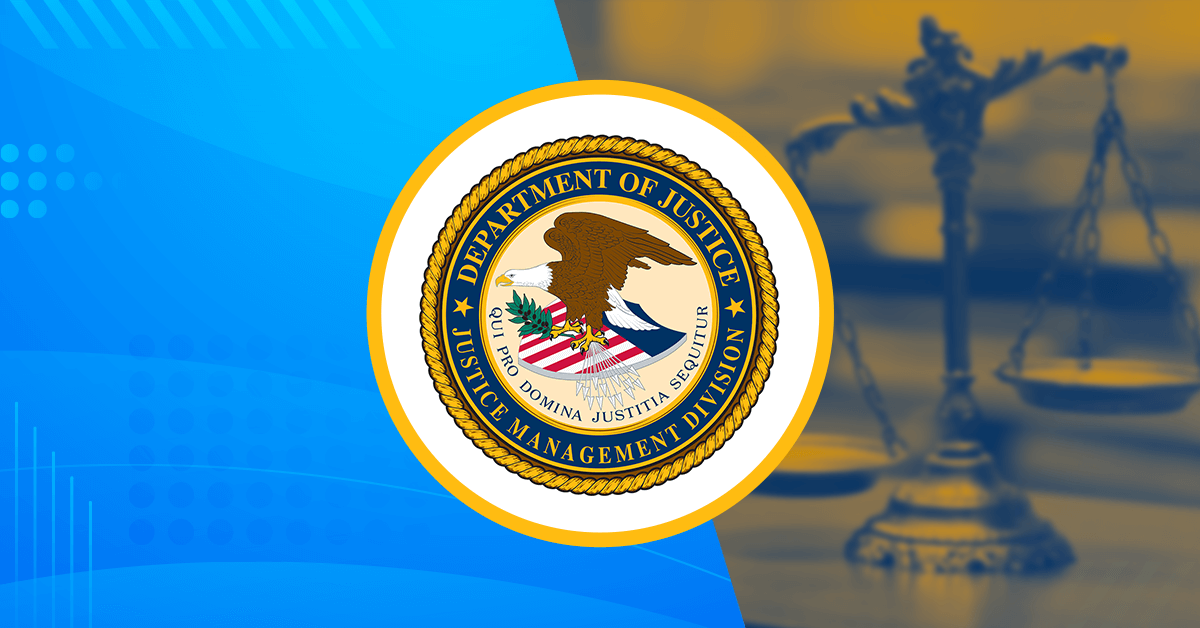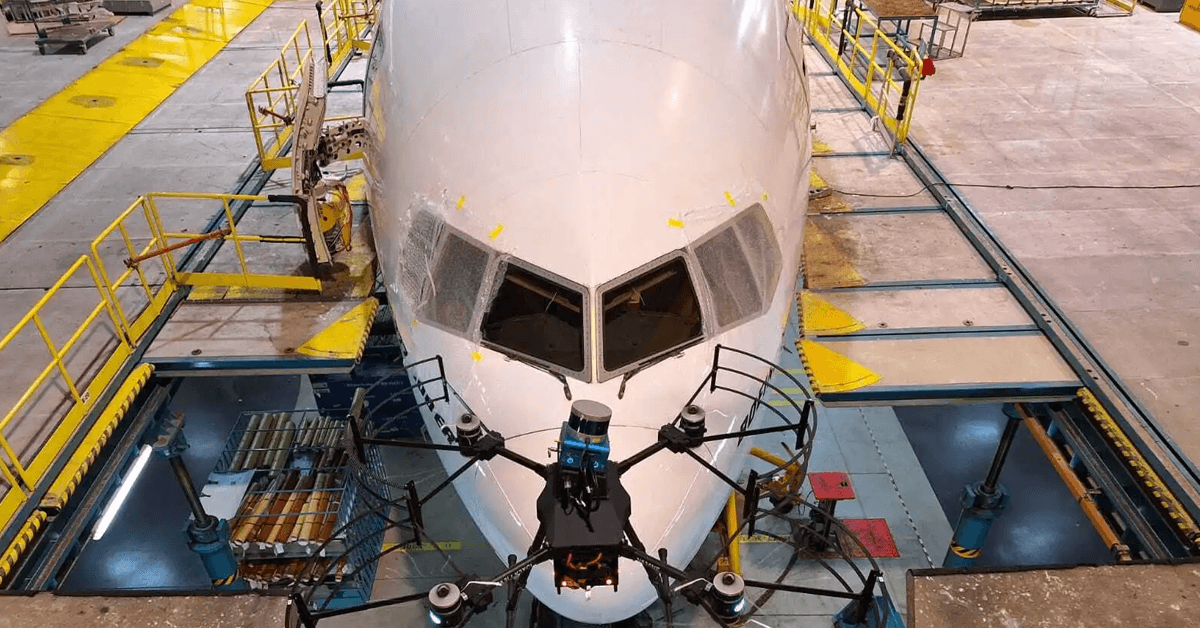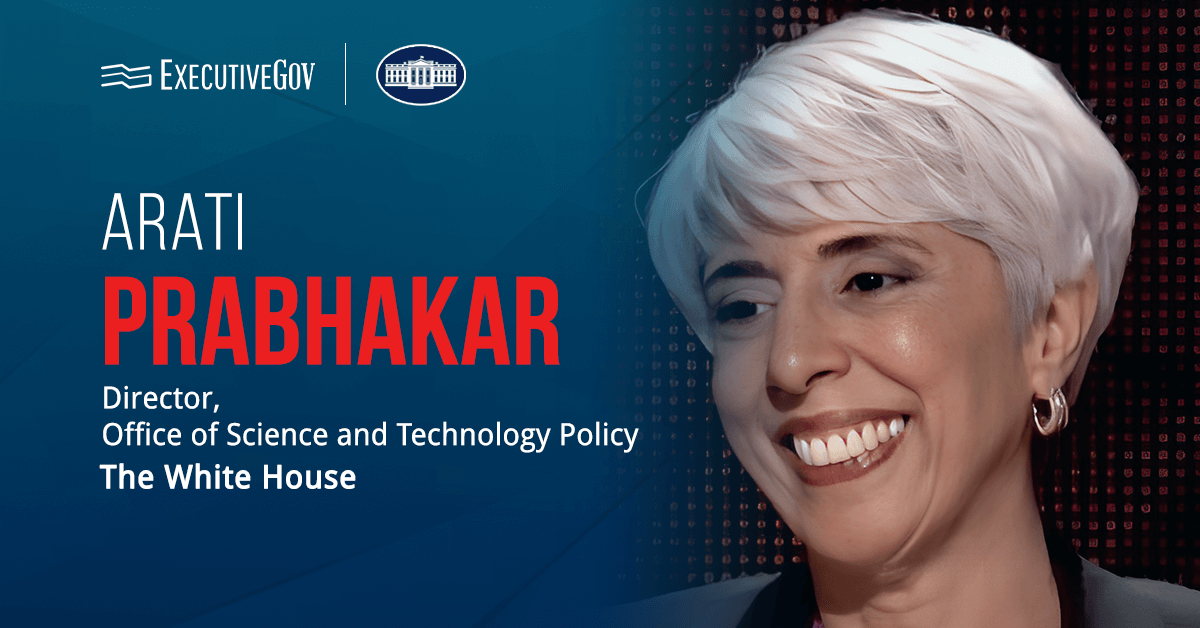The head of the Federal Communications Commission wants to begin the auction of advanced wireless services-3 spectrum as soon as possible to fund the removal and replacement of China-made Huawei and ZTE equipment from U.S. networks. Jessica Rosenworcel in a notice of proposed rulemaking circulated Monday called for the immediate adoption of procedures for granting commercial licenses for the 1695-1710 MHz, 1755-1780 MHz and 2155-2180 MHz bands.
The outgoing FCC commissioner pointed to the previous attempts of Chinese government-backed threat actor Salt Typhoon to access communications of presidential campaign officials and their staff and American telecommunication firms such as AT&T, Lumen and Verizon.
“Today’s proposal is a critical step toward finally filling the shortfall in the Rip and Replace program,” Rosenworcel commented. “I am confident that the FCC’s world-leading and award-winning auction team will meet this important moment.”
Table of Contents
Rip and Replace Program’s Funding Problem
The Rip and Replace Program started in 2021 with funding of $1.9 billion from Congress to reimburse eligible entities with the cost necessary to remove and dispose of communications equipment provided by Huawei and ZTE. The China-based companies were designated as national security threats and have been banned from distributing their products and services in the U.S.
The FCC Secure and Trusted Communications Networks Reimbursement Program is in charge of banned communications equipment in the U.S.
Rosenworcel commented in previous interviews that the program needs over $3 billion more to fully remove banned equipment and address the network threat posed by insecure Chinese products.
In December 2024, Congress signed into law part of the National Defense Authorization Act that allows the FCC to borrow up to $3.08 billion from the Department of the Treasury to fund the Rip and Replace program.
Upcoming AWS-3 Spectrum Auction
Rosenworcel has proposed an update to the service-specific competitive bidding rules surrounding the licensing of the AWS-3 spectrum bands. Included in the changes, the chairperson suggestedm, is the modification of small and very small business definitions under the commission’s general part 1 competitive bidding rules. According to the proposed rulemaking, the updated definition must confirm with the Small Business Act’s five-year lookback period used in recent spectrum auctions.
The FCC plans to repay its Rip and Replace program loans through proceeds from the AWS-3 auction.


